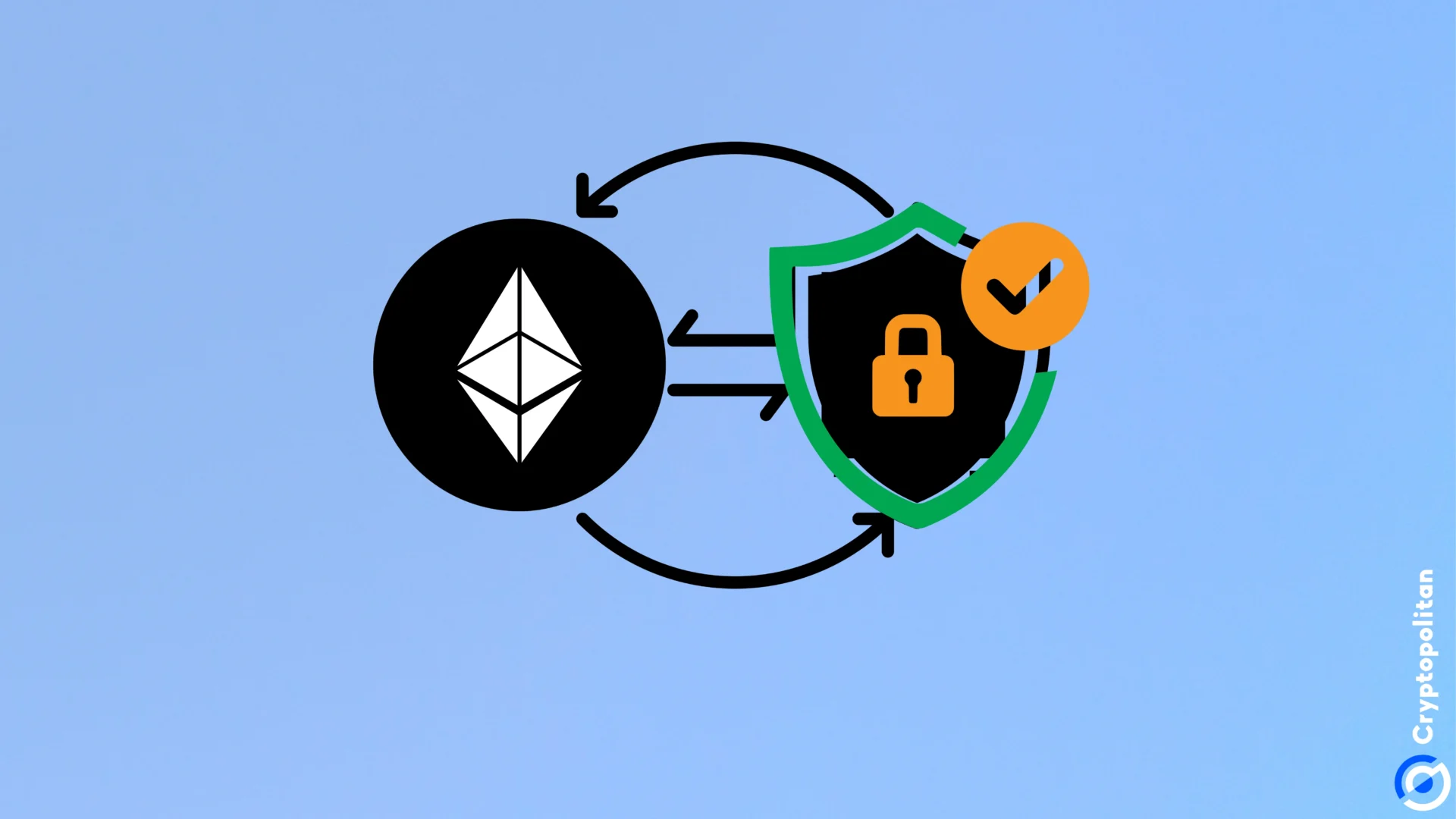Ethereum co-founder Vitalik Buterin has shared his vision of how the network can resolve some of the risks associated with proof of stake. In the third part of his essay on the future of Ethereum, Vitalik identified the centralization of proof of stake as one of the most significant risks to Ethereum L1.
According to him, stakers would naturally look to merge and combine resources to get better returns. However, he noted that this could lead to large stakers dominating and small ones being forced to join staking pools. Such centralization, he believes, poses a risk to Ethereum as censorship and 51% is more likely. It also means that a small group is extracting most of the value from the network.
Buterin said:
“Over the last year, our understanding of these risks has increased greatly. It’s well understood that there are two key places where this risk exists: (i) block construction and (ii) staking capital provision.”
As he observed, the current system for block construction involves two actors: the validator and the builder.
While the validator accepts transactions and attests, the more energy-intensive task of selecting contents for each block goes to the builders, usually centralized entities. On-chain data shows two entities are responsible for selecting the contents of 88% of Ethereum blocks, giving the builders the power to censor transactions.
Ethereum slot share since merge. (Source: Buterin’s blog)
Buterin noted that this is not as bad as it seems since transactions will still go through unless there is 100% censorship. However, 88% of censoring could delay transactions significantly, from an average of 6 seconds to 114 seconds. This could become a major market manipulation risk for some transactions, such as DeFi liquidations.
Potential solutions for decentralized Ethereum staking
The Ethereum co-founder noted that the Ethereum Scourge phase will address this issue with an inclusion list that breaks the block production mechanisms. Instead of letting the builder choose the contents of each block, the staker will now be responsible, and the builder can only order the transactions and include some of their own.
Although the inclusion list is the leading solution, other alternatives exist, such as multiple concurrent proposers (MCP) schemes like BRAID. Under this approach, the block production process will not be further broken down. Instead, all the processes will be distributed among several entities, so no one will require a high level of sophistication to participate in the production process and earn maximum revenue.
With these two approaches and the others that combine some of their elements, the end goal is to decentralize the whole staking process and eliminate existing centralization bottlenecks. This is the only way to enable small-scale stakers to participate efficiently in the Ethereum staking economics and maximize their revenue.
Overstaking ETH is a risk to Ethereum
Meanwhile, there are other concerns about Ethereum staking beyond centralization. A major issue is a world where most of the ETH supply is staked, as opposed to the current 30%, which is enough to prevent the network from a 51% attack. However, the risk is viable, particularly with liquid staking protocols gaining dominance.
Buterin noted that centralization is also more likely in such a scenario because most ETH holders will delegate their tokens. In the end, Ethereum has a dominant liquid staking token that gets most of the value, while ETH supply continues to grow.
Several proposals have been made to address this issue, including putting a cap on staking or creating two tiers of staking.
With several proposals currently being discussed, Buterin believes the community needs to decide whether to act on the issue. He noted that all the options will impact the network, but it is important to understand how different solutions could affect other aspects of the Ethereum roadmap.
This articles is written by : Fady Askharoun Samy Askharoun
All Rights Reserved to Amznusa www.amznusa.com
Why Amznusa?
AMZNUSA is a dynamic website that focuses on three primary categories: Technology, e-commerce and cryptocurrency news. It provides users with the latest updates and insights into online retail trends and the rapidly evolving world of digital currencies, helping visitors stay informed about both markets.
